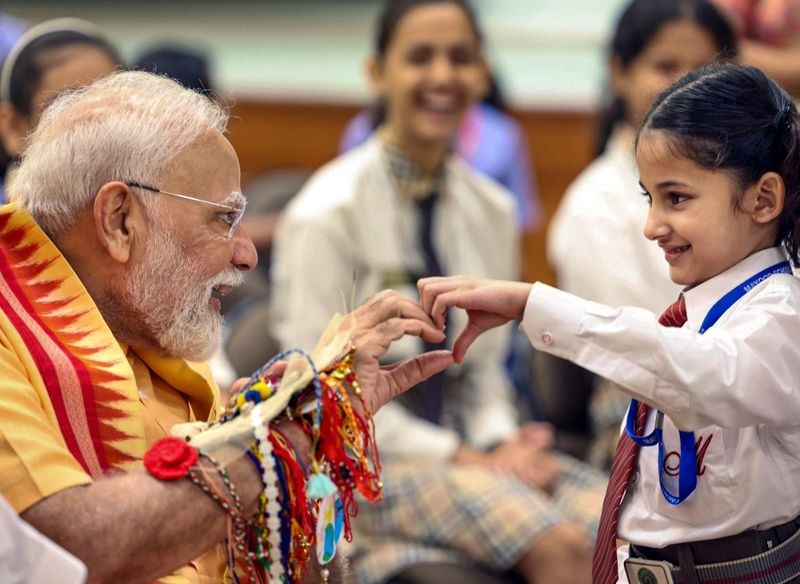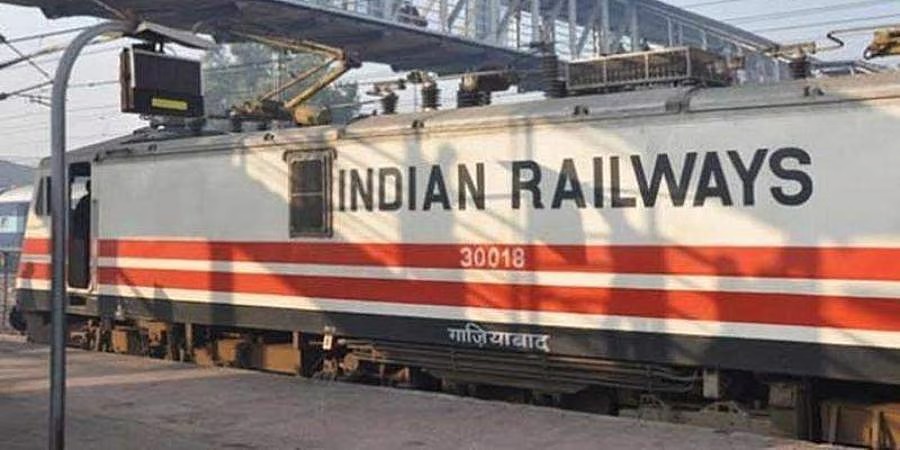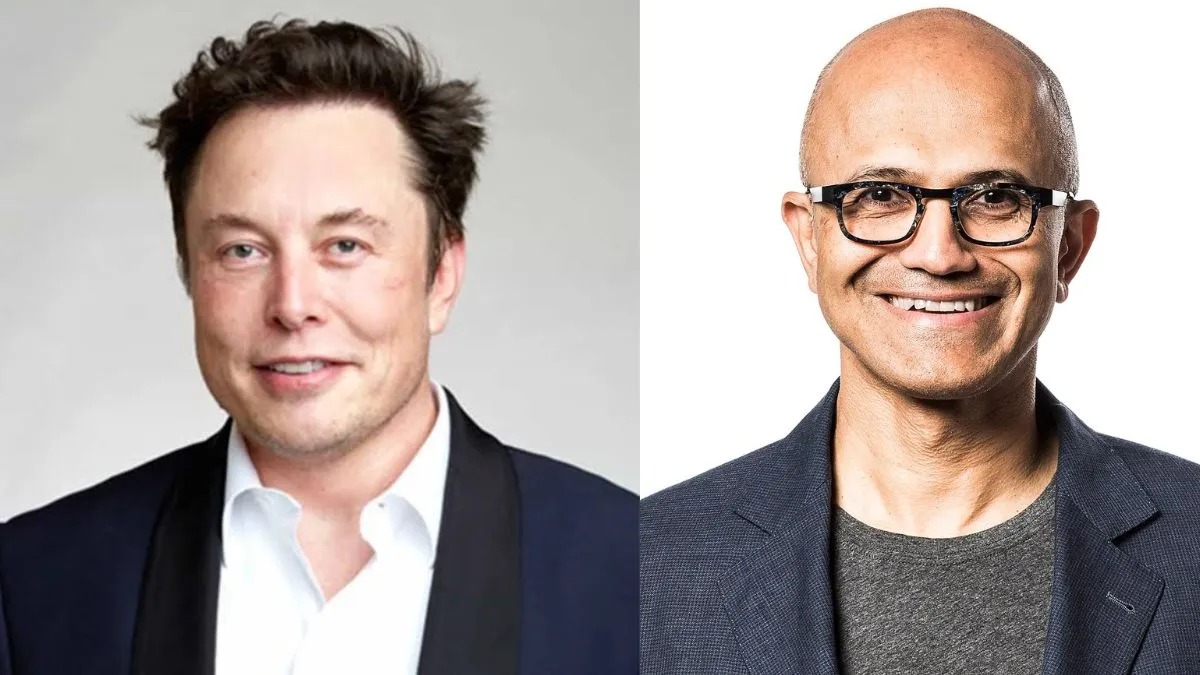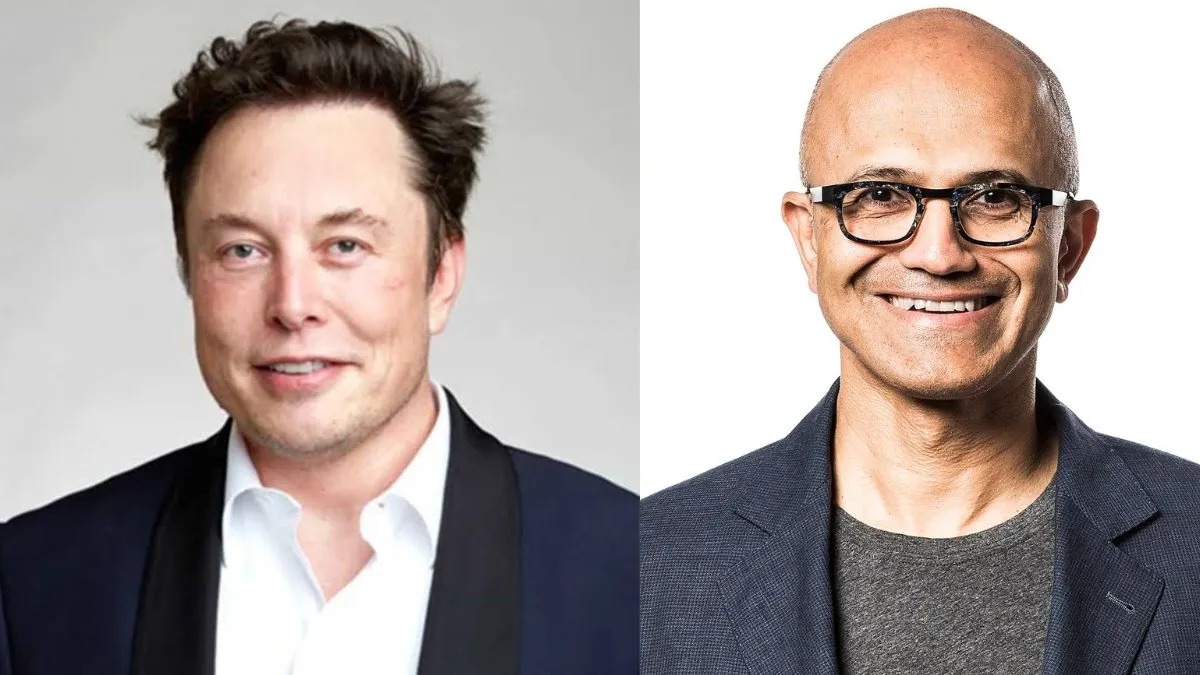
Follow WOWNEWS 24x7 on:
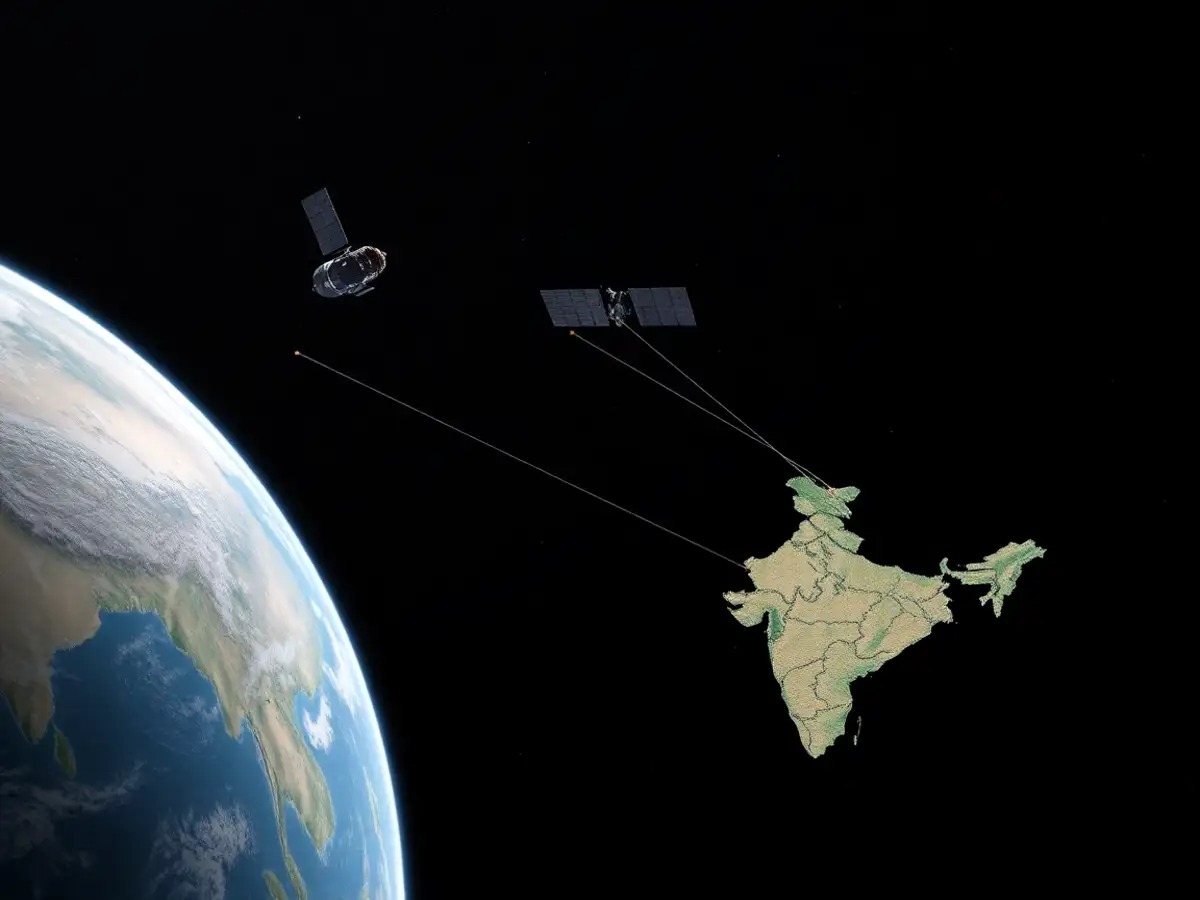
India’s space program is soaring to unprecedented heights, earning global recognition for its cost-effective innovation, scientific ambition, and strategic vision. From lunar and solar missions to satellite launches supporting agriculture and disaster management, the Indian Space Research Organisation (ISRO) has transformed the nation into a formidable space power. Recent remarks by NASA scientist Prof. Goutam Chattopadhyay and Prime Minister Narendra Modi have further spotlighted India’s achievements, underscoring its growing influence in the global space race.
As India celebrates 50 years of Sholay and 100 years of Dr. Raja Ramanna’s birth, its space milestones are also being honored—marking a moment of pride and reflection for the country’s scientific community.
Key Highlights From India’s Space Journey
- India is now considered a global space power, leading one of the most cost-effective and successful space programs in the world
- ISRO has launched missions to the Moon (Chandrayaan), Mars (Mangalyaan), and the Sun (Aditya-L1), showcasing interplanetary capabilities
- India’s PSLV-C37 mission set a world record by launching 104 satellites in a single flight
- The INSAT and GSAT satellite series have revolutionized communication, weather forecasting, and disaster management
- India’s remote sensing satellites support agriculture, urban planning, and environmental monitoring
- ISRO’s launch services are now sought after by countries worldwide, making India a preferred partner in satellite deployment
The Visionaries Behind The Success
India’s space journey began under the visionary leadership of Dr. Vikram Sarabhai, who believed in using space technology for national development. From launching sounding rockets in Thumba to building the Rohini satellite series, India’s early efforts laid the foundation for a robust and self-reliant space ecosystem.
Today, ISRO operates under the Department of Space and continues to expand its capabilities in satellite technology, launch vehicles, and deep space exploration. The organization’s headquarters in Bengaluru serves as the nerve center for missions that now span the solar system.
Recent Accolades And Global Recognition
At the 19th Raja Ramanna Memorial Lecture held at the VECC-SINP campus, NASA’s Prof. Goutam Chattopadhyay praised India’s space achievements and shared his personal journey from a village in West Bengal to working on cutting-edge space instruments in California. His remarks highlighted how India’s scientific institutions inspire global collaboration and innovation.
Prime Minister Modi also lauded ISRO’s achievements, noting that India’s space program is not only cost-effective but also strategically vital. He emphasized that many countries now rely on ISRO for satellite launches and space missions, a testament to India’s growing stature in the field.
Challenges And The Road Ahead
Despite its success, India’s space program faces challenges:
- Limited budget allocation compared to global peers
- Need for greater private sector participation and innovation
- Expanding infrastructure for deep space missions and human spaceflight
- Addressing international competition and geopolitical dynamics in space
However, ISRO continues to push boundaries with upcoming missions to Venus, enhanced satellite constellations, and plans for a space station. The organization is also investing in low-power, next-generation instruments and AI-driven space technologies.
Why India’s Space Program Matters
- It empowers citizens through applications in education, agriculture, and disaster response
- It enhances national security and global diplomacy through satellite surveillance and launch partnerships
- It inspires future generations to pursue careers in science, engineering, and space exploration
- It positions India as a leader in sustainable and inclusive space development
India’s space story is no longer just about rockets and satellites—it’s about vision, resilience, and global leadership. As the country continues to scale new heights, its cosmic journey serves as a beacon for developing nations and a source of pride for every Indian.
Sources: The Statesman, Economic Times, UPPCS Magazine, Next IAS, Vajiram & Ravi.
